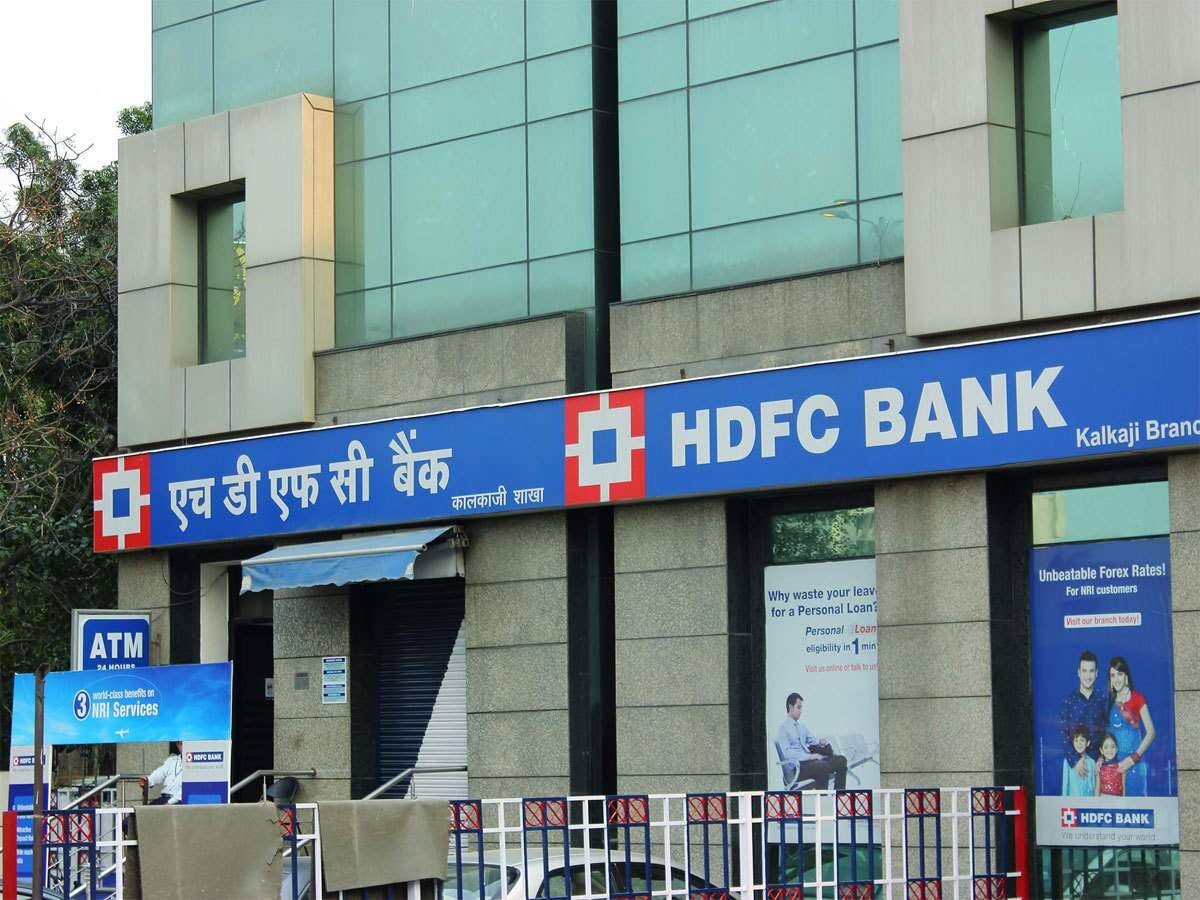If you thought that the over 20% discount offered on credit for your Swiggy offer is exceptional, you may expect more.
Credit card spends are likely to be lower in the first quarter despite a recovery in June. Analysts see credit card spends dropping 8% in the first quarter of June 2021 over the fourth quarter of the last fiscal.
At Rs 54,700 crore, credit card spends in May 2021 were still higher than the monthly spends between April and September 2020.
In April 2021, credit card spends totalled Rs 59,200 crore, higher than the monthly spends witnessed between April and September of 2020.
Going by the trend of UPI transactions in June, credit card spends are also likely to be high in June.
UPI June transactions
UPI enabled digital transactions surged 11.6 per cent month-on-month to Rs 5.47 lakh crore in June this year, according to the NPCI data.
In May 2021, the UPI (unified payments interface) transactions stood at Rs 4.91 lakh crore.
In terms of numbers, there were as many as 2.80 billion (280 crore) transactions during the month under review, as against 2.53 billion (253 crore) in May, according to the data.
NPCI’s other digital payments channels—such as Bharat Bill Payment System (BBPS), National Electronic Toll Collection (NETC), Aadhaar Enabled Payment System (AePS) and Immediate Payment Service (IMPS)—all recorded monthly growth in June.
The number of transactions on BBPS, primarily used for automated bill payments, grew nearly 16% sequentially to 45.47 million transactions in June. For Fastag, the growth was even sharper—at 35.34% to 157 million transactions—indicating an increase in mobility.
Similarly, IMPS grew to 303.7 million transactions in June from 279.8 million in May while AePS — which is used for cash withdrawals at micro ATMs, subsidy payouts and domestic remittance—grew to 87.5 million transactions from 84.2 million.
Card companies
Despite a ban on issuing new credit cards, HDFC Bank retained the largest market share at 27 per cent in spends in May while SBI Cards held 18 per cent.

In December 2020, the Reserve Bank of India (RBI) barred HDFC Bank from making new digital launches and issuing new credit cards following repeated outages on the bank’s digital channels.
HIt by the ban on HDFC Bank issuing credit cards and economic slowdown, the number of credit cards outstanding grew just 1.9 per cent 622.6 lakh, as against a growth of 2.2 per cent during April-June 2020 to 5.74 lakh, according to RBI data. The number of new cards issued has been falling every month since January 2021 and was down to 21 lakh in April from 70 lakh in January, with most card issuers seeing slow growth. Monthly spends per card for the industry declined to Rs 9,500 in April from an average of Rs 10,500 over the past six months, according to analysts.
